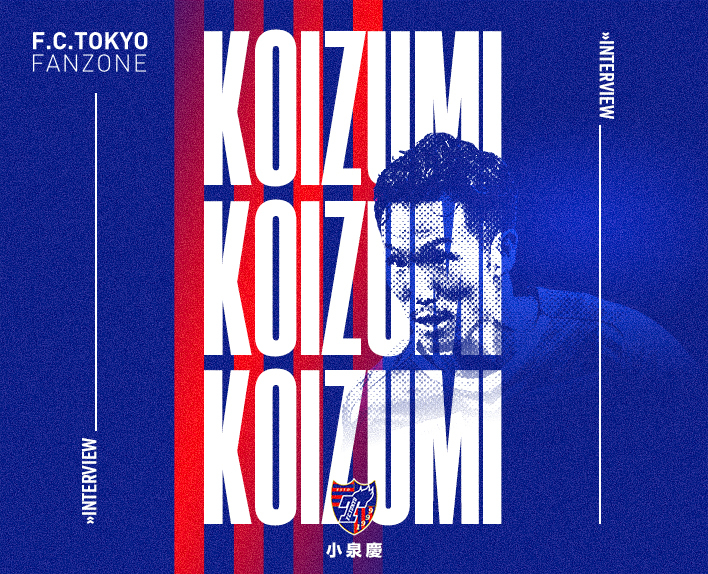In Tokyo, which has embarked on a transformation, Higashi was unable to increase his playing time in the first half of the season. The turning point came in the second half when he was deployed in the anchor position. As coach Puig Ortoneda works to instill his envisioned style in the team, Higashi played a significant role in an unfamiliar position. As he finishes his 10th season in Tokyo, what does the man feel about this season of change and what does he envision for the future?
View from the new territory anchor
Q, in recent years, Keigo HIGASHI has repeatedly emphasized his desire to win and stated that winning is his top priority.
A. If you don't start with that as a major premise, it's a professional world. I don't think the direction that Tokyo is aiming for is wrong, and I think we need to continue that in the coming season and beyond, and we will also need to do more work on building our style.
Q, Did you feel a change in your style during your first year as coach under Albert, different from your time as coach under Kenta Hasegawa (current Nagoya Grampus coach)?
A, I think the style is completely different now. Of course, it's not about which style is right or wrong. One thing that is certain is that from 2022, what we are aiming for has started to change, and we are in the midst of challenging new things. I'm sure that the team as a whole has increased the time to settle the ball since the first half of the season, and I think the possession rate has also increased. The coach's goal is to hold onto the ball firmly, and he also says "the best defense is offense", so there have been games where the team's desired style has been clearly shown. However, it is still unstable.
Q, the development of being able to carry the ball forward through player Higashi, the anchor, has definitely increased.
A, of course, the opponent's position and system alignment are different in every game, and it is also a position that has a big impact. However, the opportunities to smoothly carry the ball have definitely increased. The challenge for next season is the accuracy of attacking after entering the enemy's territory. I think it's the strategy for the area known as the "last 1/3" to the opponent's goal. Of course, in playing soccer, this is the most difficult theme to conquer.
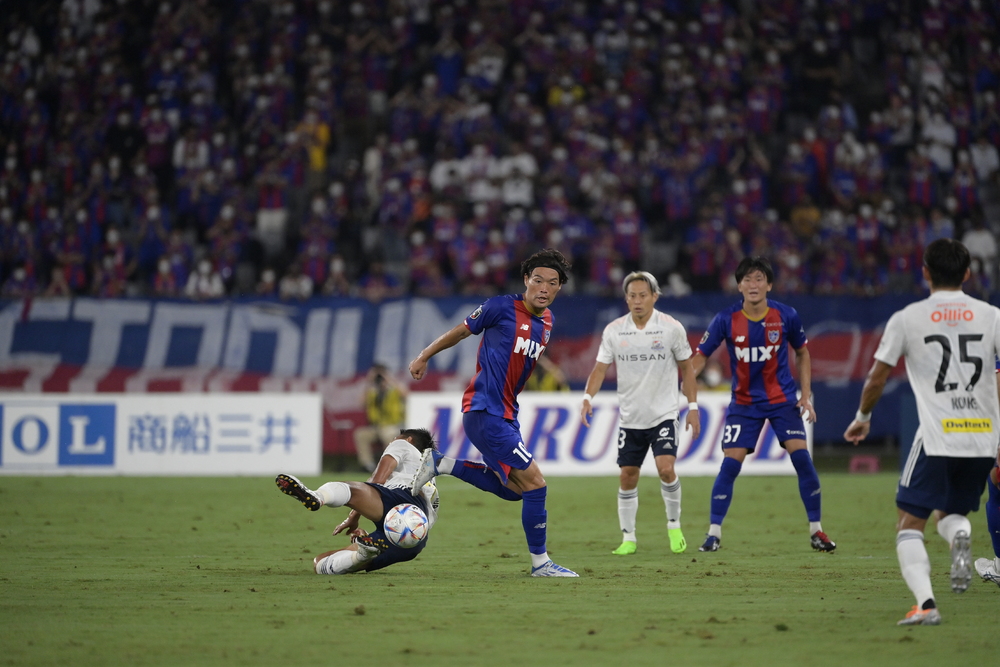
Q, this season, when he started playing as an anchor, East player said, "When I was young, I was a top player. In terms of meaning, the anchor is similar to being connected to the surrounding allies in all directions."
First of all, the anchor has a lot of touches on the ball and plays with various players. I naturally like that kind of play. Even when I played as a top player, I was the type to receive a lot of balls and create rhythm, which was my job. As a top player, you also need to make movements to jump forward. You also need to make moves to deceive your teammates. Those kinds of movements are not present in the anchor position. Instead, the anchor uses their consciousness and power on the defensive side.
Q, Julian, the current anchor player, doesn't have many opportunities to be involved in playing in high areas. When watching the previous attack, do you have a perspective like "If it were me, I would attack like this"?
A, there are times when you look at it even when you are playing in the game. Honestly, playing soccer, that area (enemy goal front) is the most fun. People who are watching also expect what kind of play will come out in that area. The position and role I am playing now is the stage of the process until I take the goal. I personally feel that it is fresh and interesting. Certainly, when I was playing as a top, I was not a player who scored 10 points a year, but I was good at moving to let my teammates score goals and lead chances. I think it would be interesting if players who are being used in Tokyo's attacking position now have more of those movements and make the game more interesting.
Q, it feels like my field of vision and awareness has expanded beyond my own territory in this new territory called "anchor".
A, I can see with an open mind and I can also objectively see the team in a good way. On the other hand, for example, when I am playing as an anchor and it becomes a defensive situation, it was a discovery for me to be able to read the opponent's intentions of where they want to pass or where they want to move. When it comes to defense, it is important to be able to understand the enemy's emotions and feelings. I think while defending, "Oh, they're coming there, they want to pass there" (laughs).
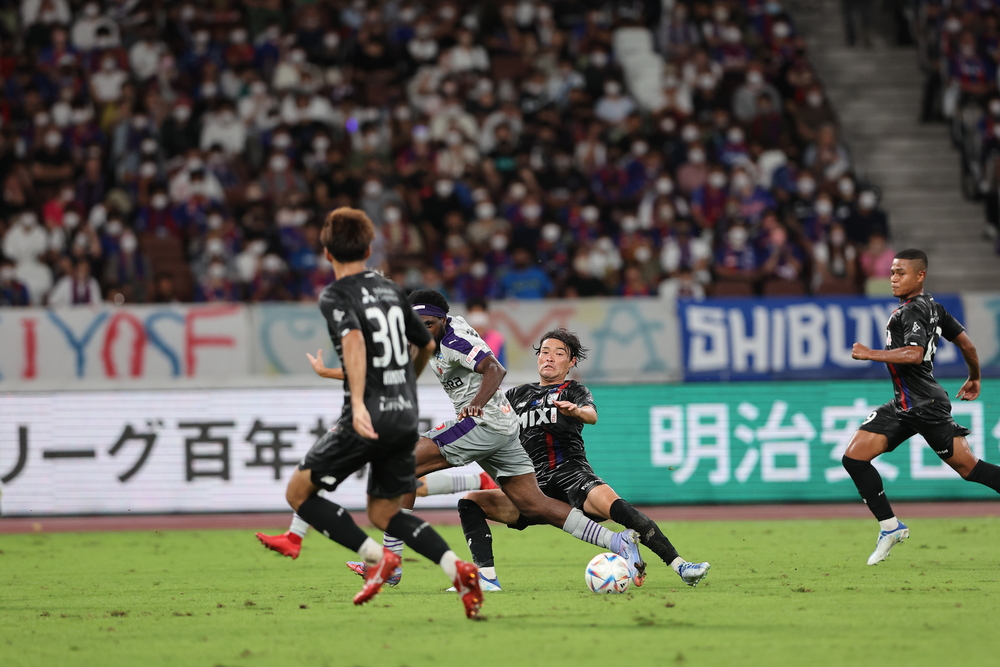
Keigo HIGASHI and Tokyo from now on
Q, I came to FC Tokyo in 2013, so it's been 10 years. How do you feel about the end of your career? Of course, I still want you to keep playing (laughs).
I want to play up to the first line. For me now, it's about playing for the title in Tokyo. On the other hand, the club that raised me, Oita Trinita, is also special and I am very grateful. Of course, I also have a strong sense of gratitude towards Omiya Ardija, but my feelings towards Oita, where I started as a soccer player, are strong. This is because the battle in Tokyo is the most important thing for me now, and I want everyone to understand that. I spoke honestly because there's no point in lying. This is just my personal thoughts, and I don't know if I will return to Oita in the future, as it also depends on the situation of the other club. Three years in the youth team, and one or two years as a professional. Looking back now, I realize that those times were really important.
Q, What do you want to achieve here, East player, in this ongoing challenge, so as not to make Tokyo fans and supporters too lonely (laughs)?
There is only the league title. We won the Levain Cup, but I think both the club and the players, as well as the fans and supporters, are only looking at winning the league (title).
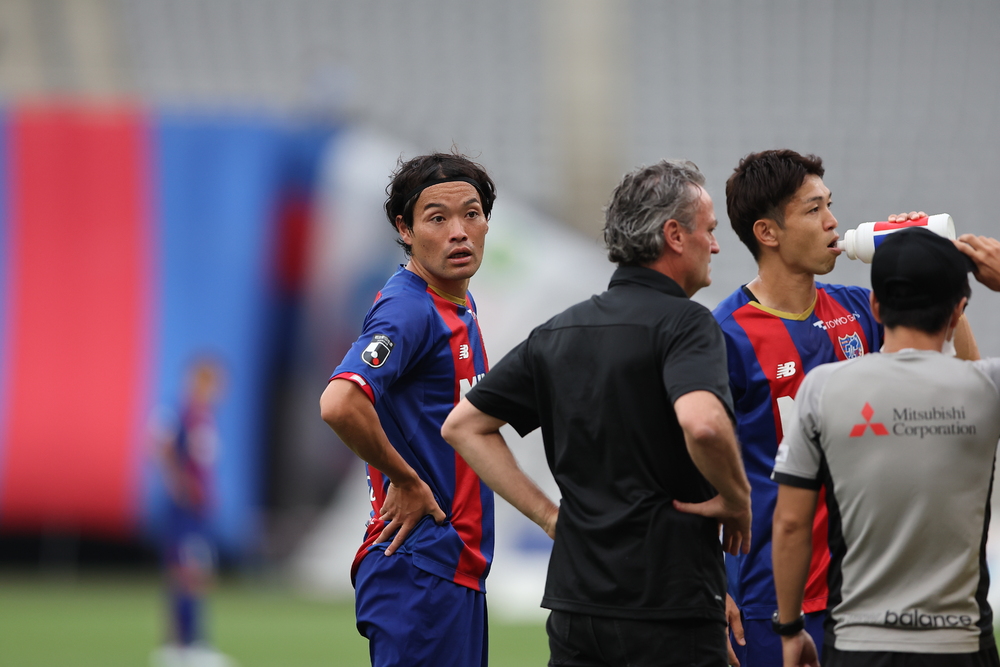
Q, I want to realistically win and dominate the league with Tokyo's current football style and way of fighting. How does player Higashi perceive this?
A, what I think while doing this is that the style of soccer is obviously different in the Massimo (FICCADENTI) era, the Kenta era, and now with Coach Albert PUIG ORTONEDA. There should be various styles of coaching. However, in the end, what determines the outcome is the finer details. No matter what direction or style you have, if you concede the first goal from a set piece or fail to capitalize in critical moments, you won't be able to win consistently. I believe that's the level of discussion we're having. There are many soccer styles, but to aim for the championship, it is the commitment to those details that any group must absolutely possess. That is something each player must delve into. With Kawasaki Frontale and Yokohama F.Marinos, it's not just about their outwardly aggressive posture or glamour; you can feel the meticulousness in the details during crucial moments. There can be no oversight. I believe that transforms into competitiveness. Style is important. But deciding the game and determining the outcome is not just about that.
Q, East player is responsible for conveying that to the team.
A, young players often don't have that kind of awareness. I was the same. If every team could do it easily, everyone could experience winning. But in the past few years, I have felt the intensity and fear of the moment when the game is decided. I want to play at that level again. It's a battle for the championship. It's similar to what Kenta-san said, "Pay attention to the details." Without that, you can't win just by building a style. How can we increase the number of players who raise their individual awareness? When it comes to winning, I think the current awareness of Tokyo players is not enough.
Q, Kenji's sensitive experiences from his era are also alive in the player himself, and the team must also inherit that.
A, that's right. During Kentaro's era, even though they paid attention to the details, they couldn't win the league. Of course, they may have still lacked some attention to detail, but if they aim for the championship from here, the young players should have a sense of crisis and if the team can come together and have a good atmosphere, they will become a good and strong team. That's what I think.
Q, although player Higashi is no longer the captain, his eye for soccer and competition remains unchanged regardless of his title.
A, I want to win, really. In the past, it was enough if my own play was good. Now, I am doing it to win. So I ask the people around me to do the same. Play soccer to win. That is the biggest motivation. So honestly, the style doesn't matter (laughs). Winning in Tokyo. That's all that matters.
Q, now, Keigo HIGASHI's victory celebration is exhilarating. It's because he thirsts for victory.
Because the taste of one win is strong. As a result, the damage from a loss is also significant. In order to win, it is necessary to accumulate one win after another. With that one win, we were unable to reach the top in the 2019 season. One play, attention to detail. I think this is the key.
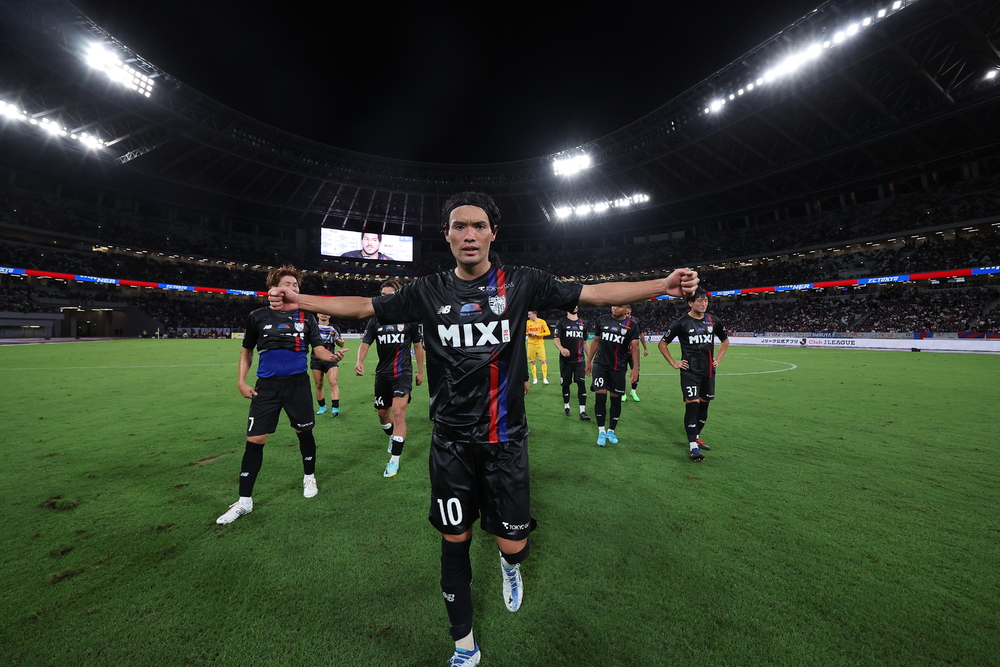
Text by Jun NISHIKAWA (Ergorasso)
![[2022シーズンレビュー]<br />
東慶悟選手インタビュー](/en/upload/Tokyoism/images/detail_img_320_63759038-eaa0-48a9-81c1-21790a000292.jpg)



![[2022 Season Review]
Masato MORISHIGE Player Interview](/en/upload/Tokyoism/images/img_319_636e1b53-2d00-4feb-8a3b-2c4d0a000292.jpg)
